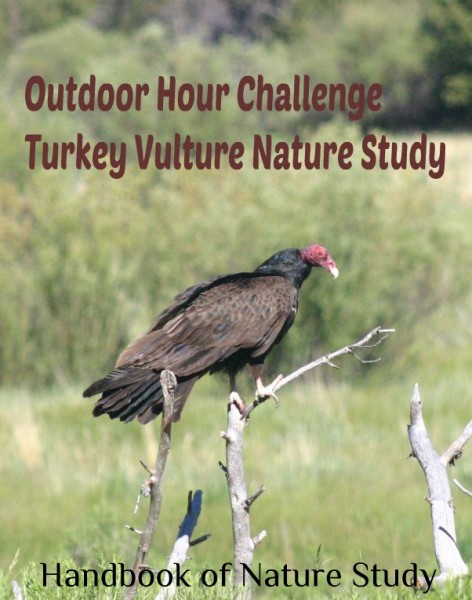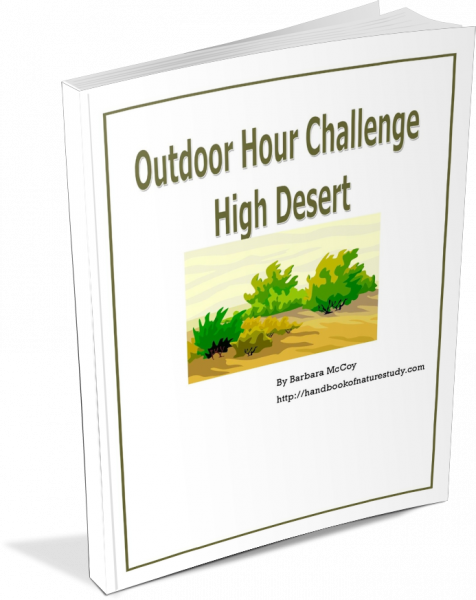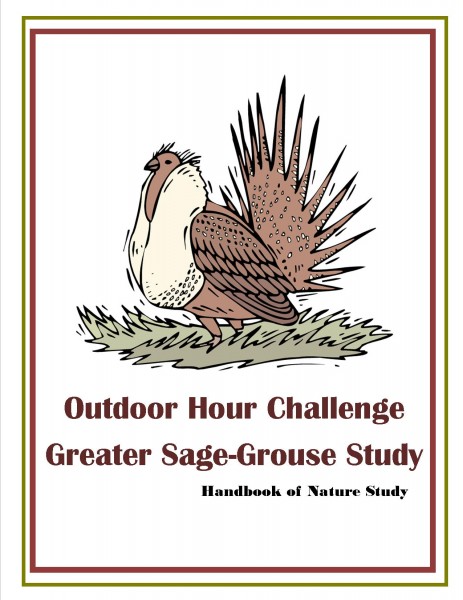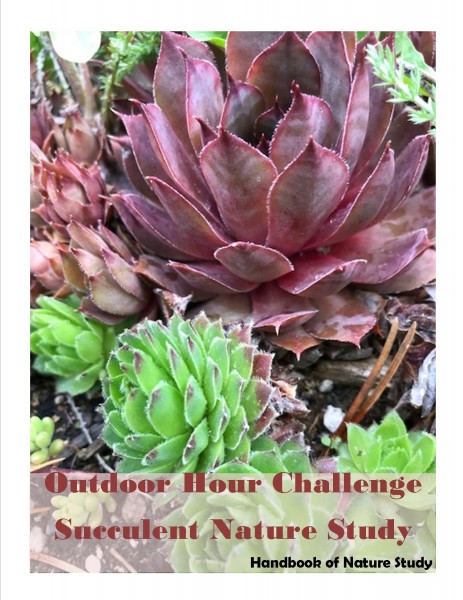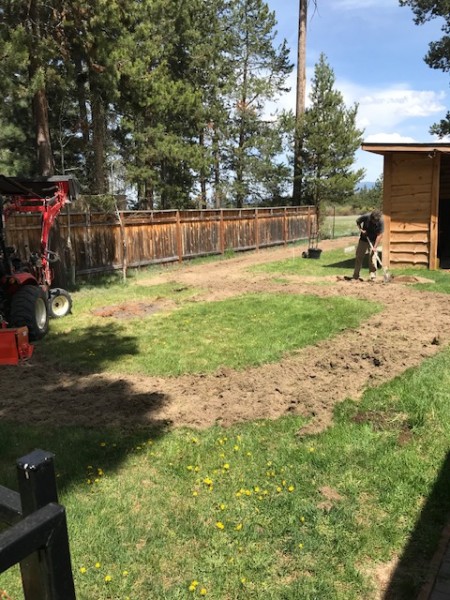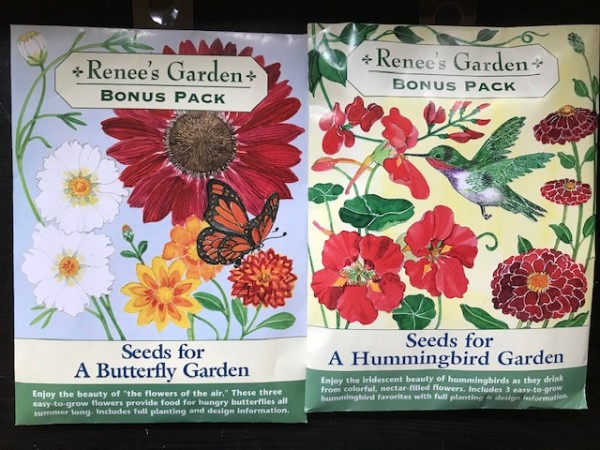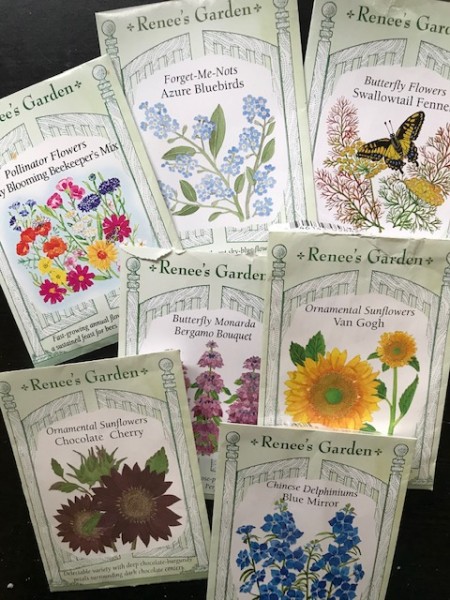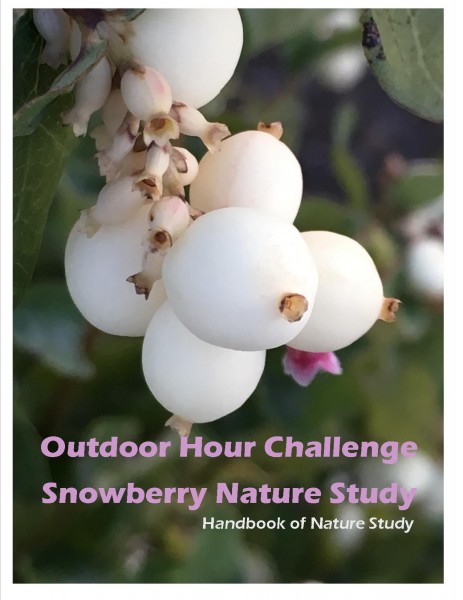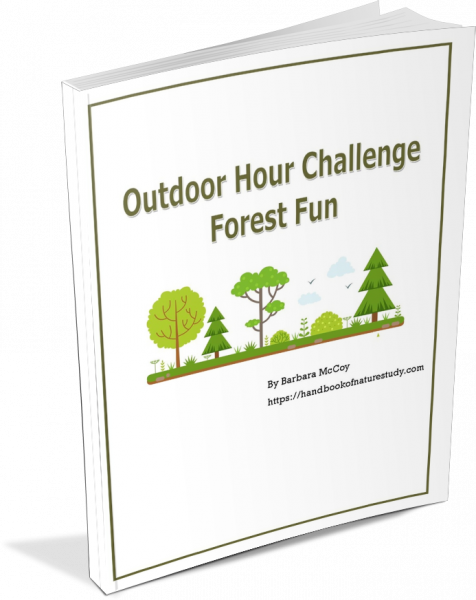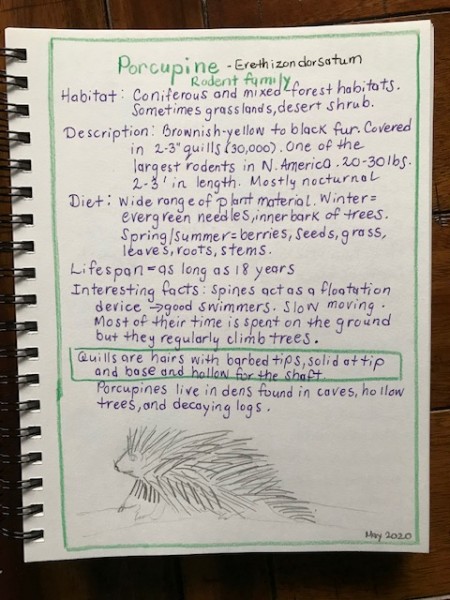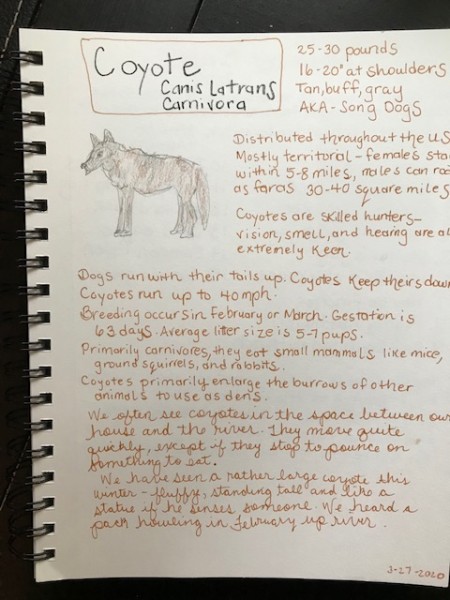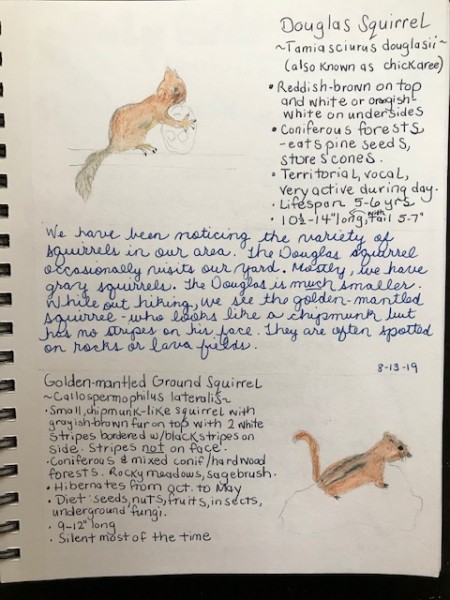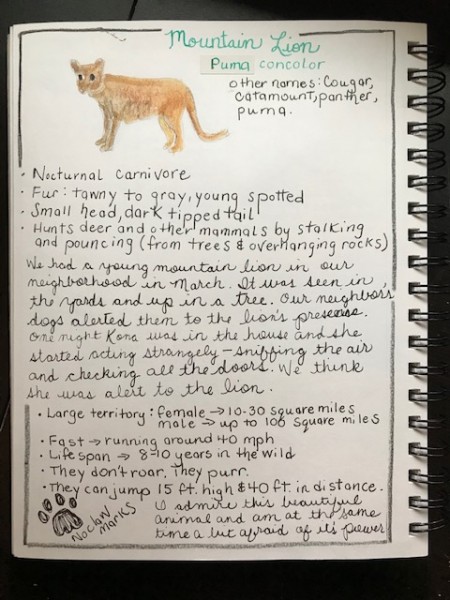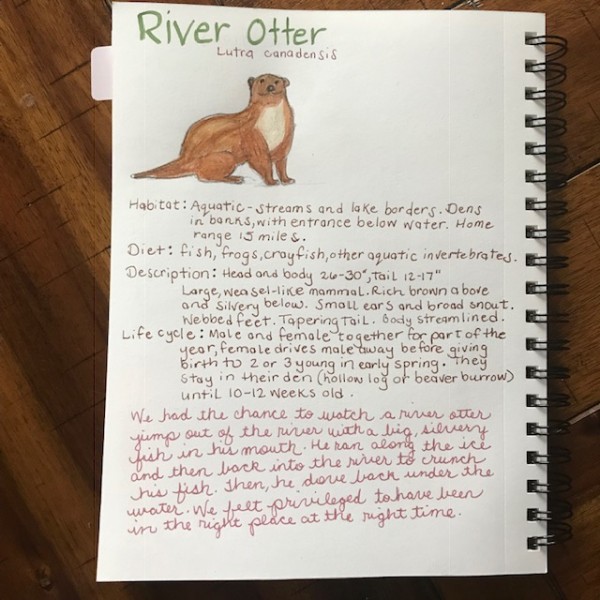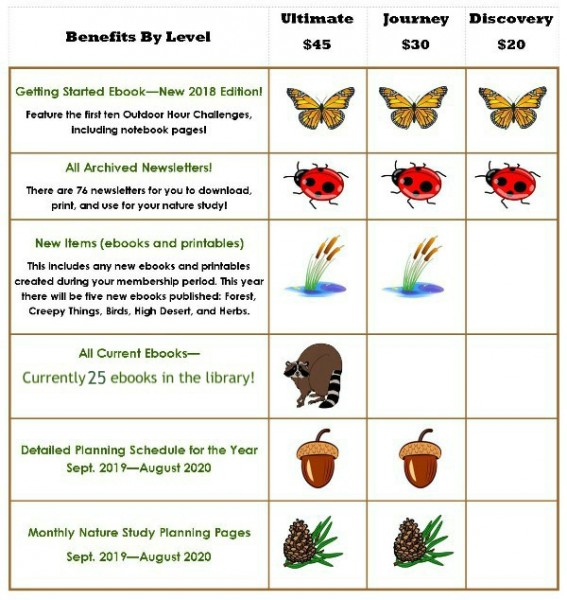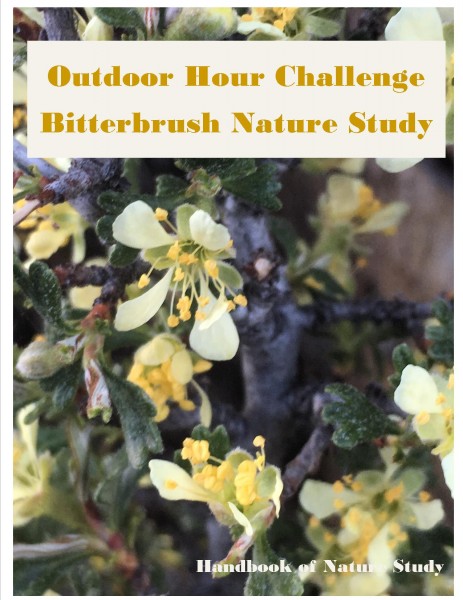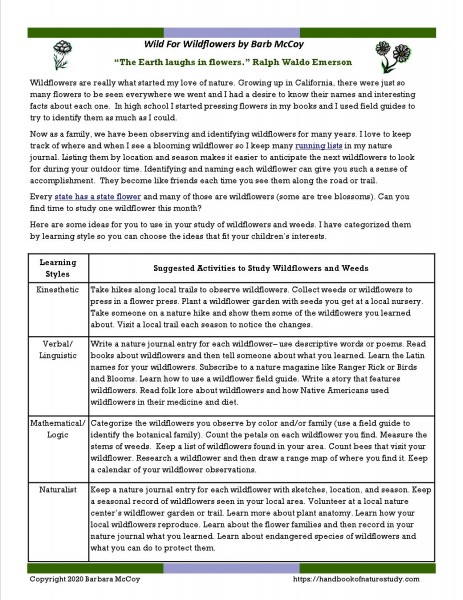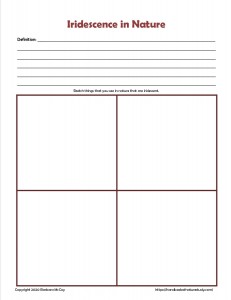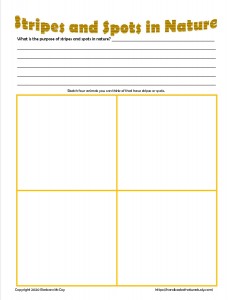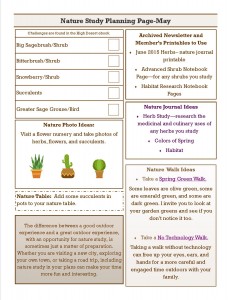Brand New! Outdoor Hour Challenge
Turkey Vulture Nature Study
We know it’s spring in our area when the turkey vultures return and begin soaring and spiraling in the sky. They are often seen gliding along the tree tops as they look for their next meal. Although they’re not a very attractive looking bird, once you learn about their abilities and the reason for their ugliness, you can appreciate the important role they play in the habitat.
Use these ideas to get you started with your turkey vulture study:
¨ Turkey vultures are large birds often seen soaring overhead. This makes it important for you to know what a vulture looks like when it’s flying. You can view a video on the AllAboutBirds website.
¨ Make sure to look at the range maps in a field guide or on All About Birds because they are found in a widespread area depending on the season.
See the High Desert ebook for more turkey vulture nature study ideas!
Please note that I will not be posting the complete challenge here on the blog. You’ll find the detailed challenge in the High Desert ebook that’s available both in the Ultimate Naturalist and Journey level memberships. Sign into your account and download the ebook for the details, more links, and notebook pages.
If you don’t have a membership yet, you can click the graphic above and join today for immediate access to the 25 ebooks and so much more! Remember that all levels, even the Discovery level membership, include access to all of the archived newsletters!
Topics in this ebook include:
- Bitterbrush
- Sagebrush
- Greater sage-grouse
- Succulents
- Mountain Lion
- Coyote
- Pocket Gopher
- Bristlecone Pine
- Elk
- Turkey Vulture
- Juniper
- Snowberry
- Golden Mantled Ground Squirrel
- River Otter
Use the discount code SPRINGTOGETHER for $10 off an Ultimate Naturalist Library membership.

